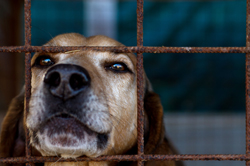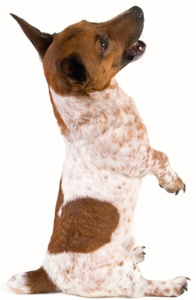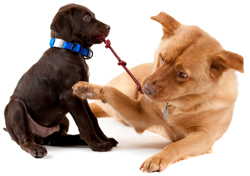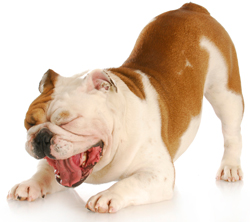 You may be completely unaware of this, but your dog is trying to talk to you. He can’t speak in the same language that we do, but his barking is also not a language all on it’s own either. The only way your dog can talk with you is through body language and behavior, which means chances are you are completely ignoring what he is trying to say because you’re not speaking the same language. Do yourself and your pooch a favor by learning the body language he is trying to reach out to you with so that your relationship with him can be stress free with more clear communication.
You may be completely unaware of this, but your dog is trying to talk to you. He can’t speak in the same language that we do, but his barking is also not a language all on it’s own either. The only way your dog can talk with you is through body language and behavior, which means chances are you are completely ignoring what he is trying to say because you’re not speaking the same language. Do yourself and your pooch a favor by learning the body language he is trying to reach out to you with so that your relationship with him can be stress free with more clear communication.
The Yawn
The yawn is an interesting behavior that your dog will do, and carries different meanings. It is up to you to decipher what he is telling you with a yawn depending on the context in which he does it. This means looking at the situation that is going on at that time. A yawn can simply mean he’s tired, and is more likely to happen around bed time. That is the most thought of reason for a dog yawn, but it gets far more complicated than that as tired yawns are only a small portion of dog yawns.
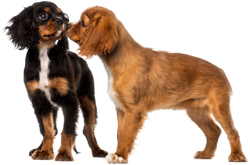


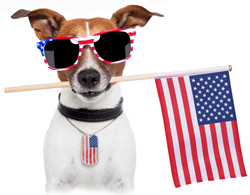
 Today we have a treat, two to be exact, for all you dog people who love to spend some time in the kitchen as well – the recipes for 2 delicious banana treats for your doggy. We have chosen bananas to be the main ingredient of these two treats because as they contain a lot of vitamins and other highly valuable nutrients, they are really good for dogs to eat, occasionally that is.
Today we have a treat, two to be exact, for all you dog people who love to spend some time in the kitchen as well – the recipes for 2 delicious banana treats for your doggy. We have chosen bananas to be the main ingredient of these two treats because as they contain a lot of vitamins and other highly valuable nutrients, they are really good for dogs to eat, occasionally that is.